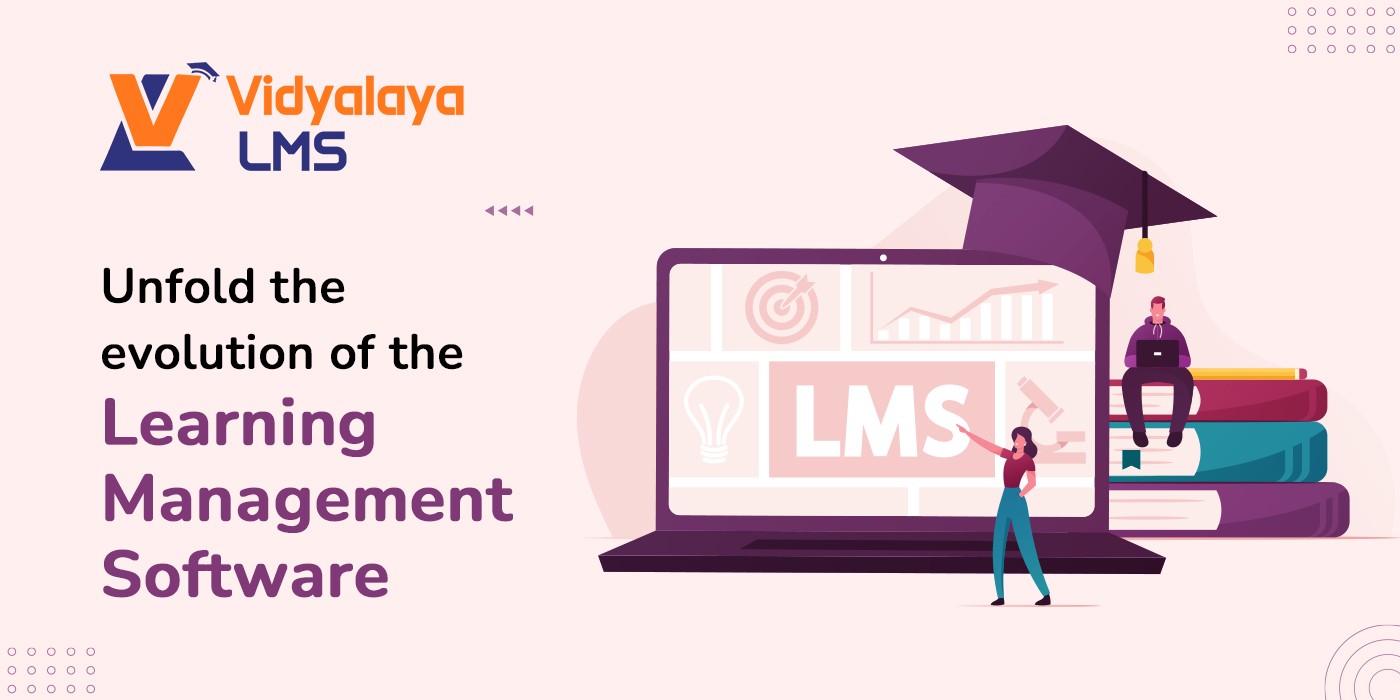In today’s digital-first world, the way we learn is developing much faster than ever. From traditional classrooms to digital platforms, education has adopted innovation. But now a new wave of technology makes learning even more attractive and impressive, something that a teacher can do. This transformative approach uses virtual and augmented reality to create a real simulation that increases understanding and storage.
Education undergoes a seismic change, driven by severe technologies such as Virtual Reality (VR) and Augmented Reality (AR). The most exciting innovations are immersive learning, a method that keeps students in a highly interactive environment when using VR/AR tools. Immersive technology quickly gains popularity in educational institutions and companies, with the global expansion of e-learning and an increase in skills-based training.
How does that mean?
In traditional educational models, students often struggle to relate to the theoretical knowledge of real-world conditions, which makes learning feel abstract and disconnected. Immersive learning creates an interactive environment where students can interact with the material through virtual simulation – for example, the discovery of the human body in 3D, perform digital science experiments, or train on the floor of a fake factory. These engrossing learning experiences make education more realistic, emotionally attractive, and easy to maintain. This approach is particularly impressive in areas such as medical training, engineering science, and boarding, where experienced learning creates self-confidence, improves performance, and ensures practical preparedness.
Section |
Details |
|
What is Immersive Learning? |
Hands-on learning with VR and AR. |
|
Why It Matters? |
Increases engagement and knowledge retention. |
|
Key Technologies |
VR, AR, and MR. |
|
Where It’s Used? |
Education, healthcare, corporate training, etc. |
|
What You’ll Learn? |
Benefits, applications, tools, and challenges. |
What is Engaging Learning?
Immersive learning refers to a teaching approach that uses Extended Reality (XR) Technologies – Virtual Reality (VR), Enhanced Reality (AR), and Mixed Reality (MRI) – to create a simulated environment where students can interact with materials during their lives.
Instead of reading about how a machine works, students can enter the 3D simulation of the machine, manipulate the parts, and easily understand its functions. This is much more effective than hands-on learning experience on hands, improving both commitment and retention.
VR and AR Role in Education:-
The virtual reality creates a completely digital world where students are completely immersed. It is widely used under conditions and requires a deep focus as surgical simulation, flight training, or dangerous environmental exercises.
On the other hand, the decorated reality leaves digital elements of the real world. AR is especially useful in classrooms and learning in the world, where users can interact with both physical and virtual objects.
Together, VR and AR provide a broad platform to provide learning experiences.
Benefits of Engaging Training:-
Here are some powerful benefits that provide immersive training for education and development of labour:
- High Commitment: Pupils are more likely to be focused and motivated.
- Better Storage: Studies suggest that people remember 75-90% more when they do.
- Safe Teaching Environment: Mistakes can be made without consequences in the real world for medical, technical, or emergency training.
- Scalability: When made, engaging modules can be reused for a large-scale exercise and can be easily scored.
- Development of soft skills: Students can practice communication, management, and sympathy through interactive roll games.
Challenges to Consider:-
While the capacity is very large, there are some challenges:
- Cost of equipment: VR headset and AR-competent equipment can be expensive.
- Material development: It requires time and competence in creating high-quality interactive simulations.
- Technical support and training: Teachers and coaches should be trained in using these units effectively.
- User extras: Long-term VR sessions can lead to speed disease or eye stress.
Future of Engaging Learning:-
The future is bright. With AI LMS integration, engaging learning will result in smarter submissions in real-time, tailored to each student’s needs. As equipment becomes more affordable and accessible, we can expect widespread adoption in schools, colleges, and workplaces. In addition, 5G and shooting techniques will allow high-quality streaming of high-quality VR materials without high-end hardware.
Imagine a future where each class has virtual laboratories, historical seizures are through the VR headset, and workplace training is a fake yet in a realistic digital world.
Conclusion:-
Immersive learning is not just a technical discussion – it is a revolutionary approach for education and training. By utilizing the power of engaging learning experiences through VR and AR, teachers and organizations can create attractive, efficient, and scalable learning solutions. Since the digital world becomes more integrated with our daily lives, it would be important to embrace engraving training in both academics and industry.
At Vidyalaya LMS, we embrace this revolution by integrating immersive learning tools into our platform, empowering institutions to offer cutting-edge educational experiences. By adopting our learning ecosystem, you not only enhance student engagement but also prepare learners for real-world challenges through simulated, hands-on environments. With Vidyalaya LMS, step into the future of education—where learning is not just seen and heard, but truly experienced.



























